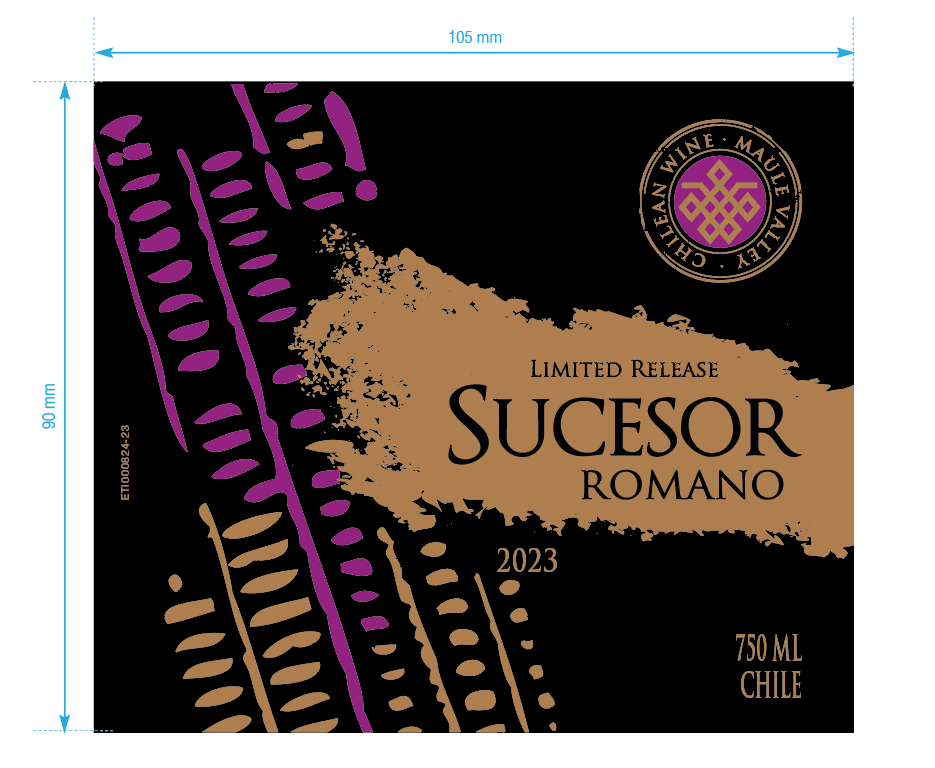2023 Maule Valley Red Blend
Sucesor Romano is an exquisite red blend from the renowned Maule Valley, perfectly showcasing the region's rich viticultural heritage. This vibrant red offers a tantalizing array of flavors, featuring notes of luscious dark fruits that dance on the palate. With a medium body, it strikes a lovely balance between substance and approachability, making it an ideal companion for a variety of dishes. The acidity is bright and refreshing, enhancing its overall profile while ensuring a lively drinking experience. Tannins are well-integrated and smooth, providing a structured yet elegant finish. This wine is adeptly crafted to be versatile, appealing to both casual drinkers and connoisseurs alike, and it is best enjoyed with friends during memorable gatherings.
Sucesor Romano is an exquisite red blend from the renowned Maule Valley, perfectly showcasing the region's rich viticultural heritage. This vibrant red offers a tantalizing array of flavors, featuring notes of luscious dark fruits that dance on the palate. With a medium body, it strikes a lovely balance between substance and approachability, making it an ideal companion for a variety of dishes. The acidity is bright and refreshing, enhancing its overall profile while ensuring a lively drinking experience. Tannins are well-integrated and smooth, providing a structured yet elegant finish. This wine is adeptly crafted to be versatile, appealing to both casual drinkers and connoisseurs alike, and it is best enjoyed with friends during memorable gatherings.




